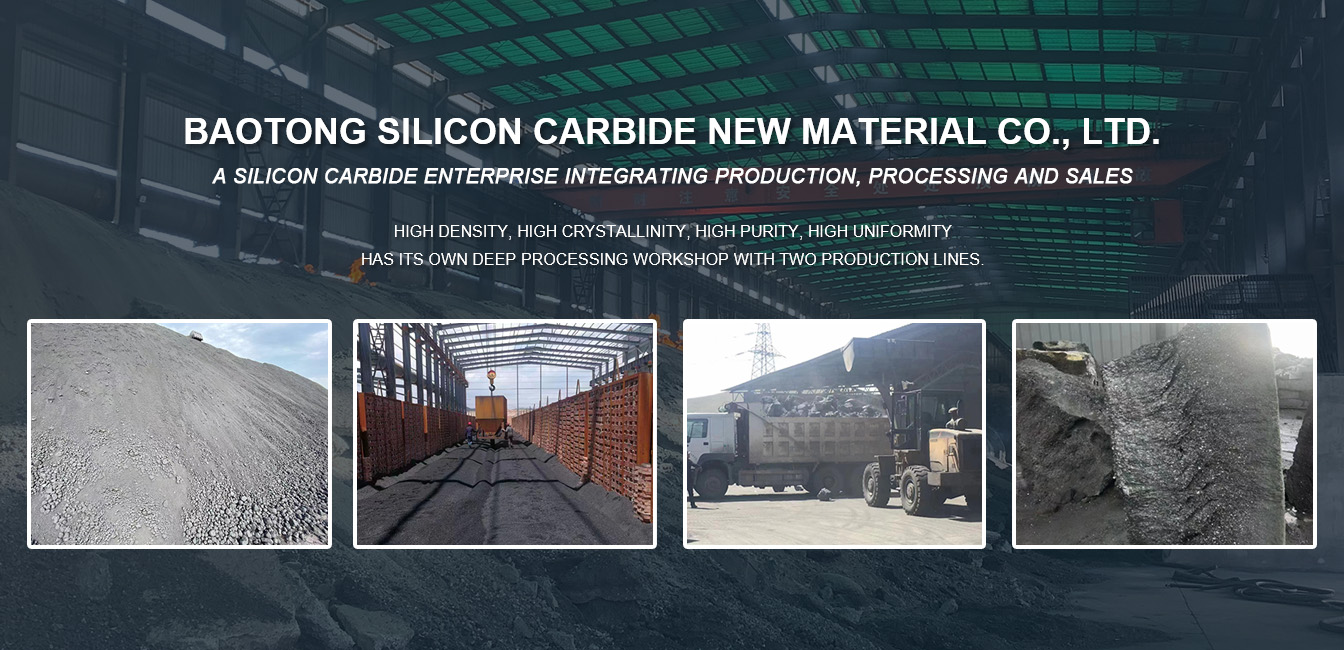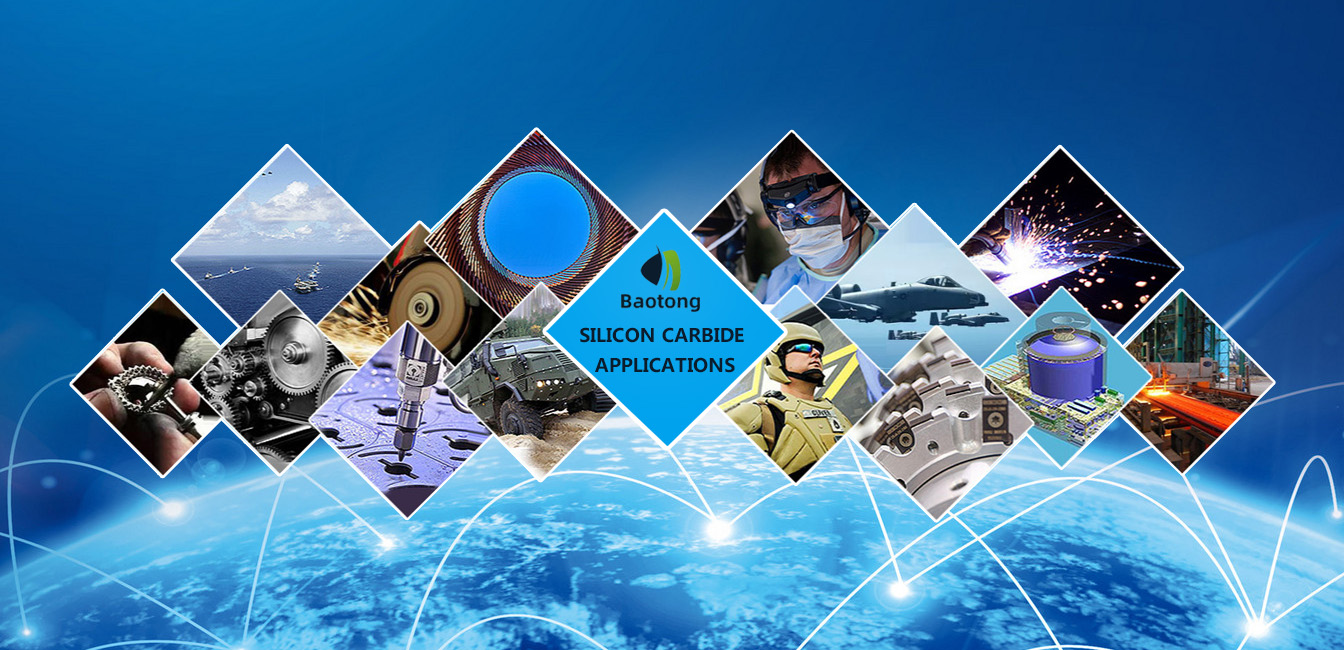Silicon carbide manufacturing process
Time:2022-7-13 15:36:13
1. Reaction sintered silicon carbide
Advantages: By adjusting the concentration of starting components, polymerization and heat treatment temperature, the density of the obtained porous carbon, the size and distribution of pore size and the morphology of the pores can be adjusted in a wide range. The structure of the product is uniform, and the raw embryo only contains carbon but not the original silicon carbide, so that the final microstructure of the product is uniform, which is more conducive to improving the mechanical, thermal and optical properties of the product.
2. Pressureless sintered silicon carbide
The advantage of pressureless sintering is that various forming processes can be used to prepare products of various shapes, and high strength and toughness can be obtained under the action of appropriate additives. The disadvantage is that the sintering temperature is high, and the obtained material has certain The porosity is relatively low, and the strength is relatively low, and it is accompanied by a sintered volume shrinkage of about 15%. In addition, the chemical composition and density may be uneven during the sintering process, which affects the uniformity of its properties.
3. Hot pressing sintered silicon carbide
The silicon carbide produced by the hot pressing sintering production process has excellent properties. In particular, it has excellent thermal shock resistance, high density and high strength. The density can reach more than 99% of the theoretical density. It is reported that the strength can reach 110kg/mm2, and there is still 105kg/mm2 at 1600°C. But its biggest disadvantage is that the production process is complicated and the production output is low cost. With the emergence of continuous hot pressing furnace, the disadvantage of low output has been improved. But its production cost still cannot compete with the cost of silicon carbide produced by other processes.
4. Recrystallized silicon carbide
No additives are added to the silicon carbide powder, and the formed blank is directly sintered at a temperature above 2000 °C. The main sintering mechanism is evaporation and condensation. There is no volume change during sintering, the shrinkage is small, the porosity is high (20%), and the strength is low (100MPa). Because of its low strength, it is only used in high temperature conductive and refractory materials.
Previous: Uses of Silicon Carbide




 The current position:
The current position:




